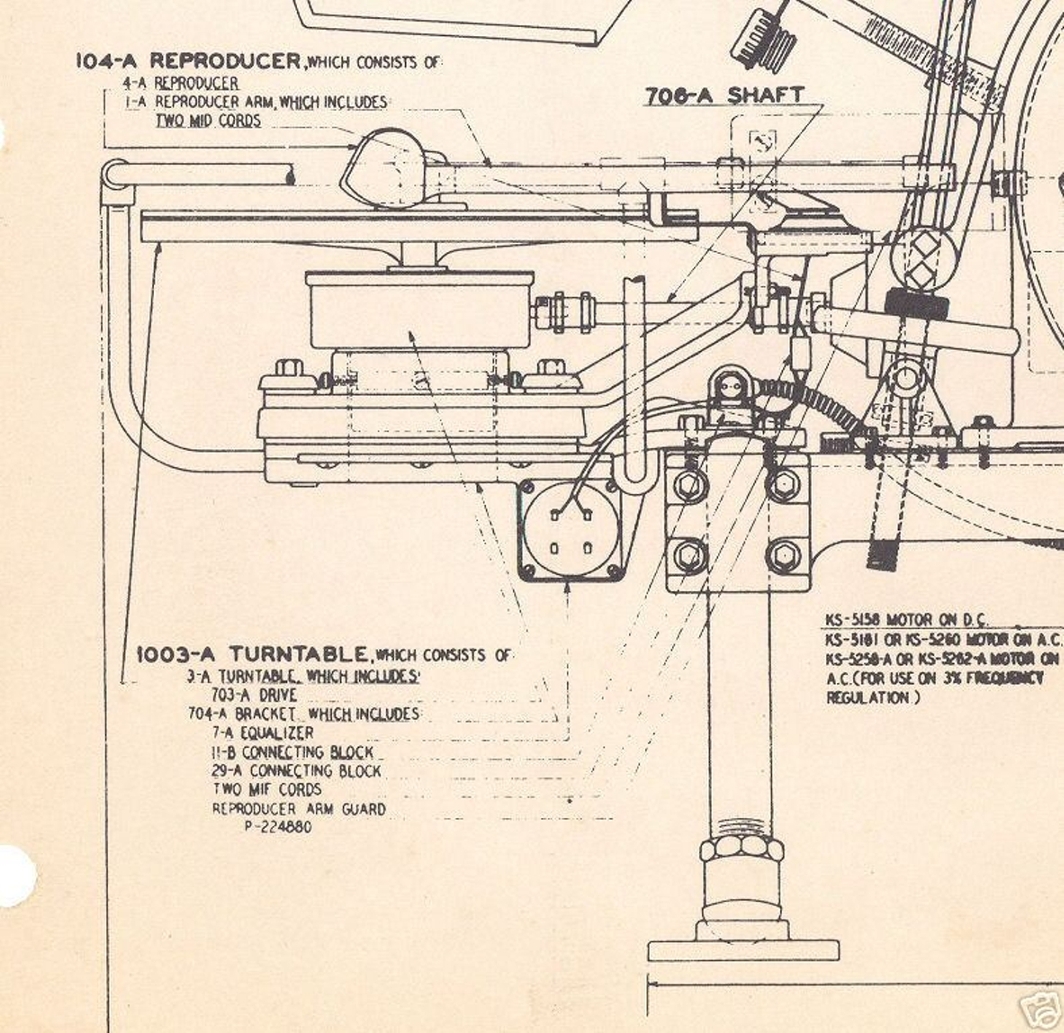
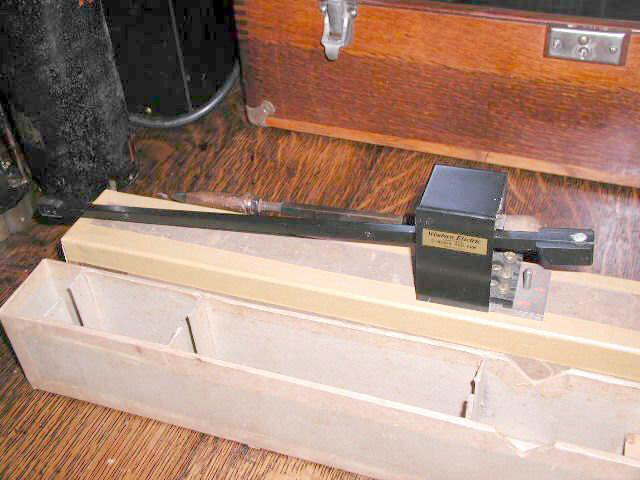
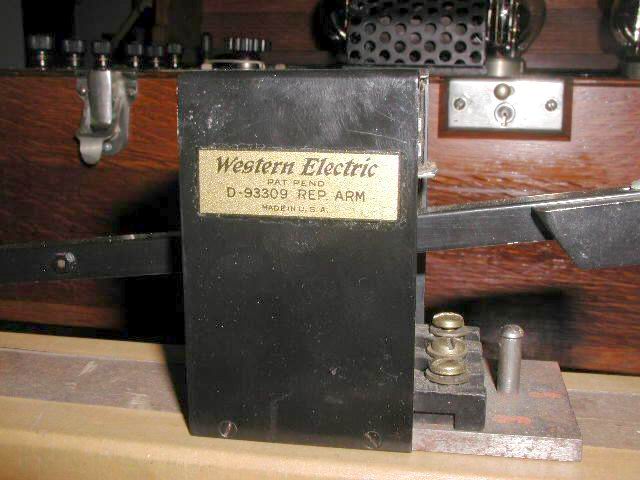
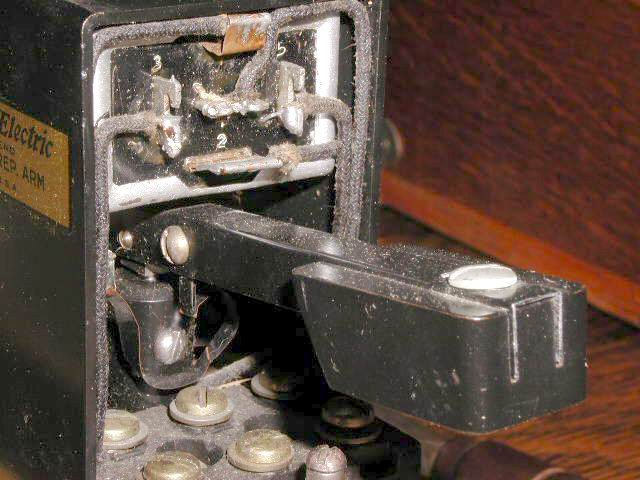
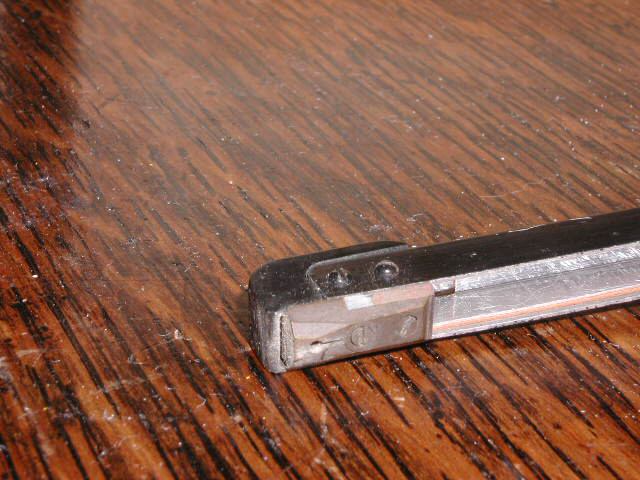
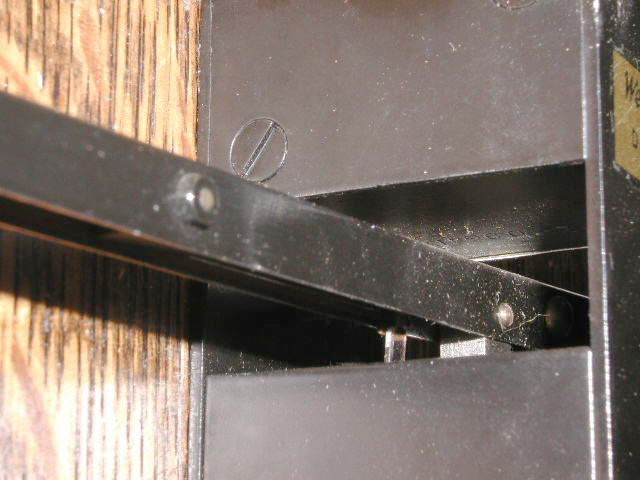
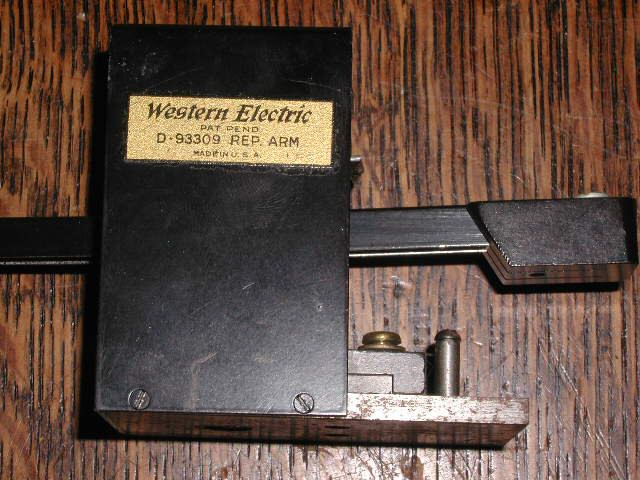
запись и воспроизведение музыки при помощи электричества начались в США, посему с этой страны и начнём, это примерно 1925-26 годы 2A Turntable, 701A Tonearm Bracket and 703A Drive 4A Reproducer and 1A Reproducer Arm D-93306 Reproducer D-93307 Arm 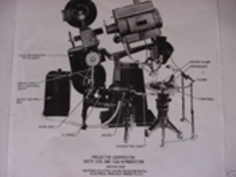 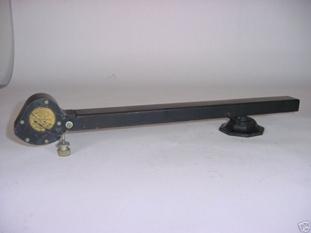 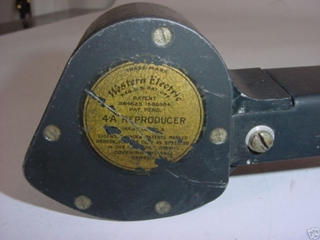 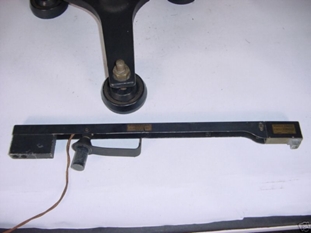 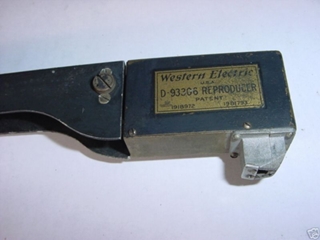 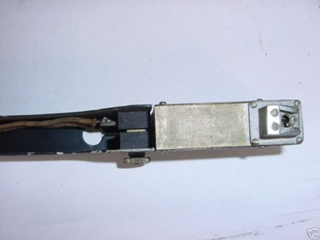 |
Western Electric, Electrical Research Products Inc. большущая -пребольшущая компания, носящая имя изобретателя телефона Александра Белла, сильно преуспела в телефонизации, а инженеры ея подразделений - Вестерн Электрик и ERPI дали миру много всего хорошего - усилители, регуляторы громкости, громкоговорители, рупора, ну ... и первые столы - на чем-то надо было начинать то, что потом усиливалось, регулировалось, громко-говорилось и рупорировалось ;:-). Огромный мотор приводил во вращение как сам стол, так и лентопротяжный механизм киноустановки (у ротора мотора два выходных вала). На столе воспроизводились пластинки с музыкой и звуками к фильмам.
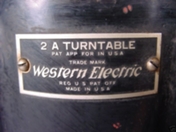 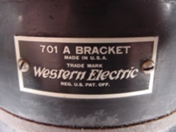 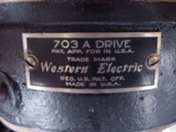 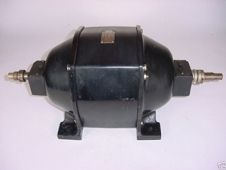 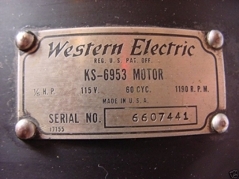 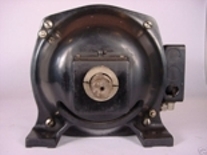 Вот мануал к системе синхронного воспроизведения звука (мотор крутит и стол и лентопротяг). Были и несинхронное воспроизведение - пластинку крутили от своего мотора. http://www.widescreenmuseum.com/sound/we-01.htm
|
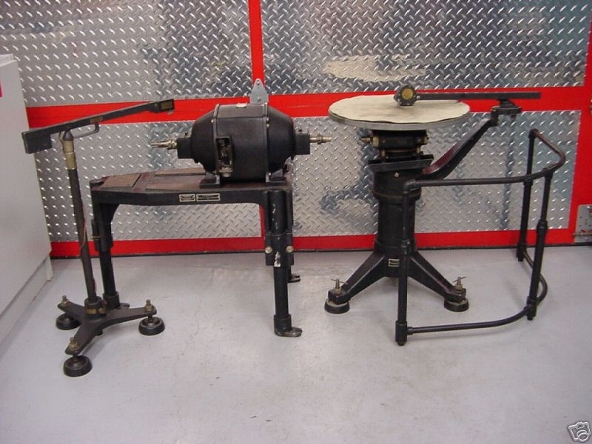 Извините пож-та те, кто не читает по английски - нет времени перевести Here is a little history gathered from the web..... " 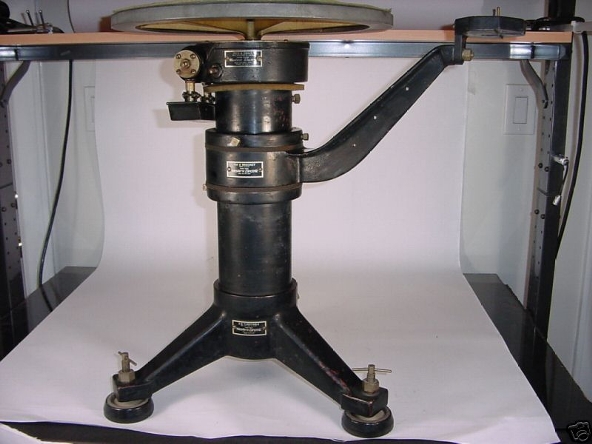 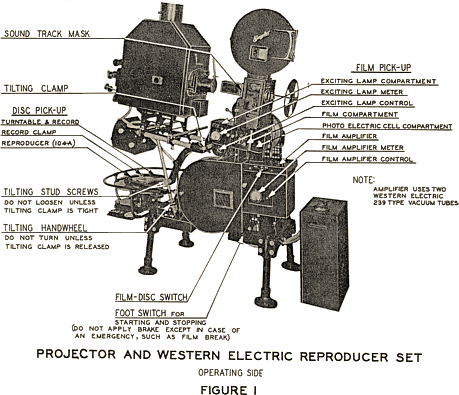 |
       |